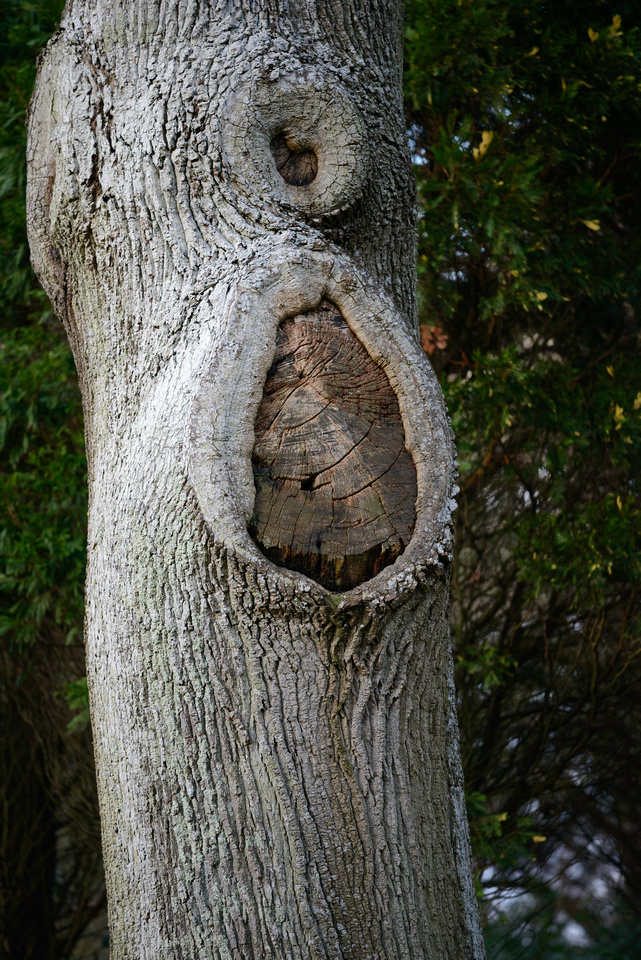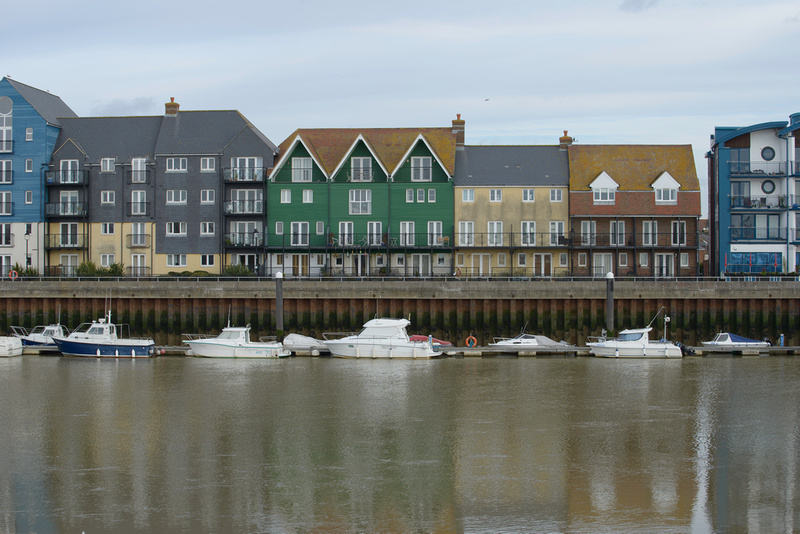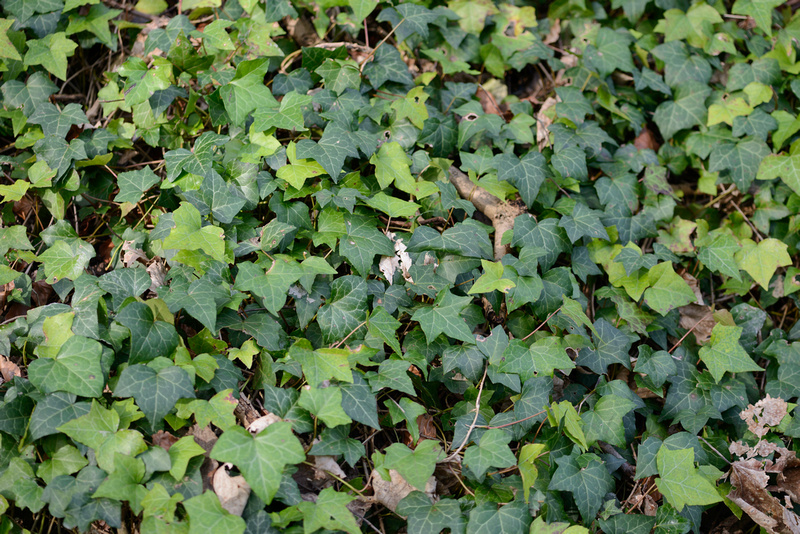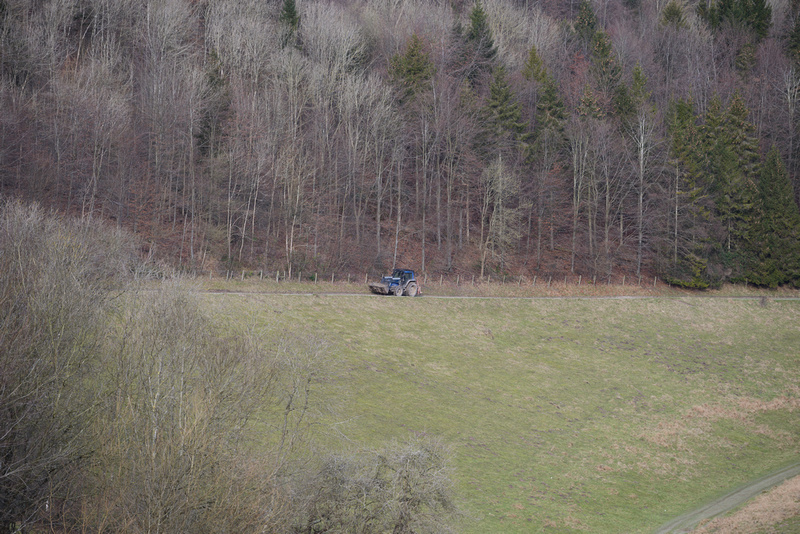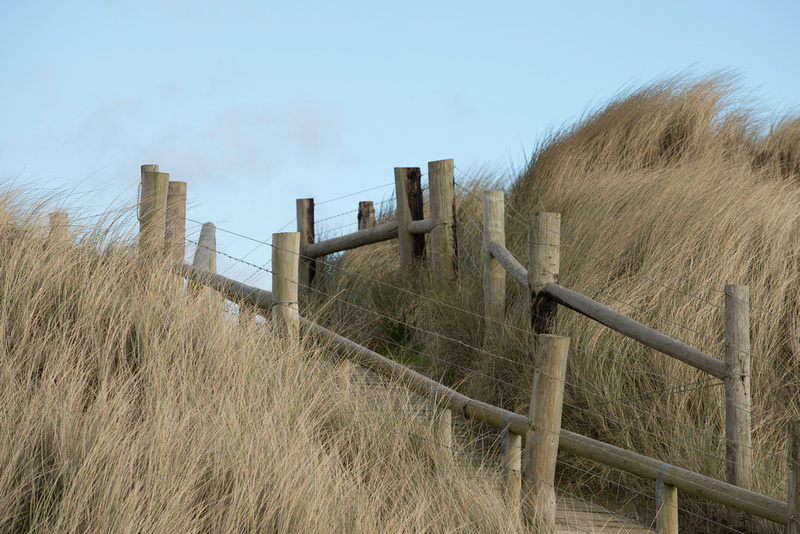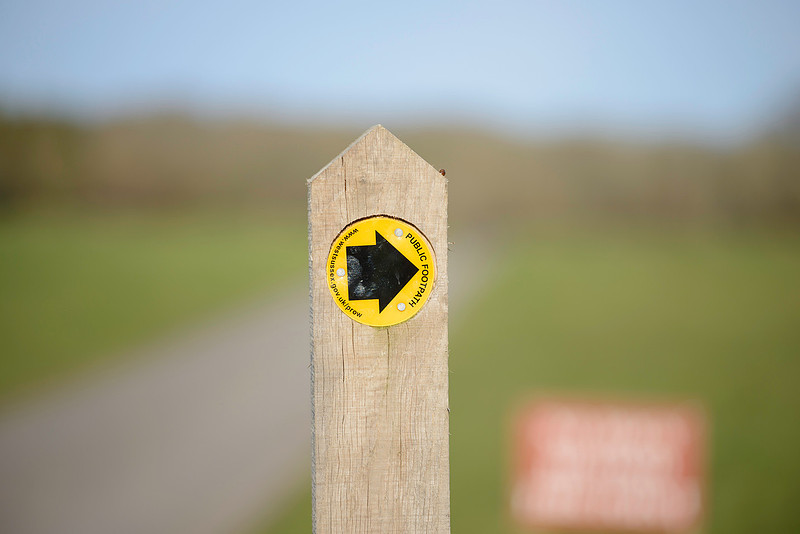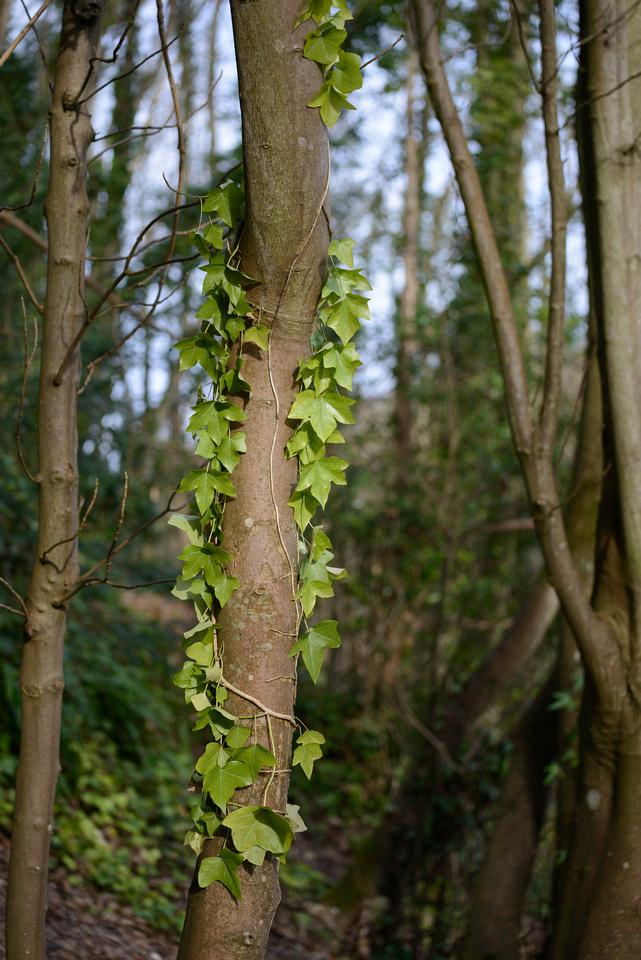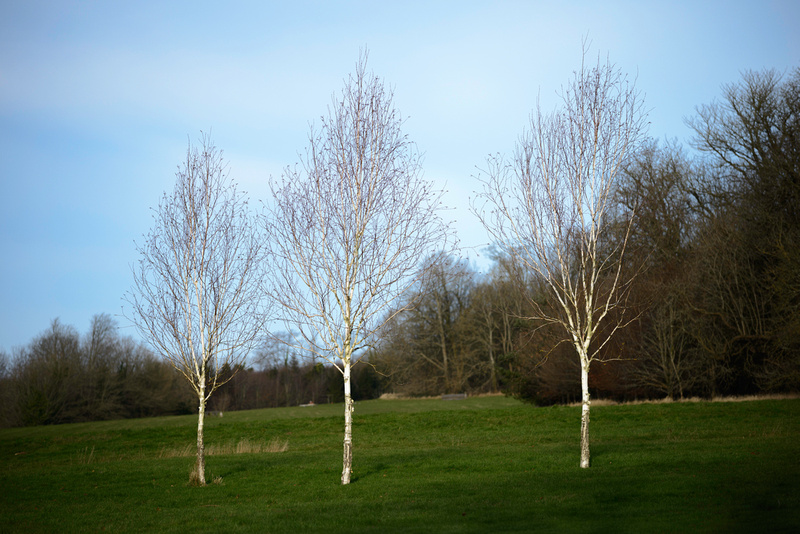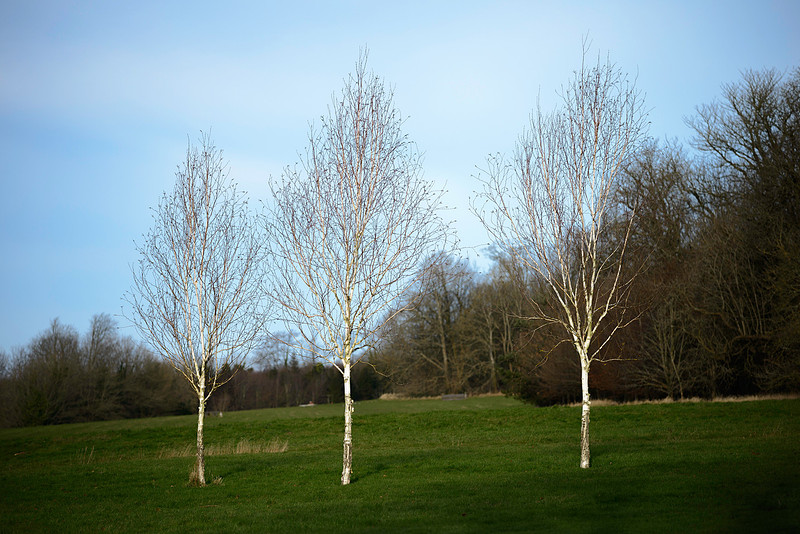Nikkor 70-200 F4 VRIII Field ReviewThe Holy Ghost of the Trinity might well have been exorcised by an upstart. I've just switched from the venerable F2.8 version of the 70-200 zoom to the new F4 alternative and, with certain qualifications, I think it was the right decision. The rationale was that I'm anticipating switching my 24-120 F4 VRII for a 24-70 F2.8 'Trinity Lens' and the new mid-range zoom will be notably larger and heavier than the one it replaces. Hopefully, it will also be a lot better. But as a frequent flier, I am always trying to maximise my weight/quality ratio and frankly, wonderful though the 70-200 F2.8 is (and mine was a really nice copy) it is, courtesy of that wide maximum aperture, the size of an elephant's thingie. It also weighs really quite a lot: in fact with the mandatory tripod collar attached it weighs pretty much twice as much as the upstart. 200mm @ 1/200th F4, ISO 1400 handheld, click for 50% original So when I started to see the reviews* of the new lens, many of which seem to be saying that it is ballpark just as good as its big brother optically, it seemed to me a simple trade: give up one stop of aperture (but gain one stop of VR ability) and lose half the weight and a lot of the size. Sure, you also give up the weather sealing but hey, the new one has a rubber mount gasket and it's not a 'suck and blow' design because all the focus is internal. 'But hang on', you might say, 'One stop of VR does not equal one stop of aperture: long lenses are often used for sports and action and these require fast lenses which allow fast shutter speeds.' And my answer is, 'sure, if you have a camera with AF up to that task but in general, the D800 is not that camera because tracking focus requires really accurate peripheral points and, err, well you know the rest....' As a little pre-switch exercise I parsed my Lightroom library for every shot I ever took on the F2.8 lens and out of around 1000 shots, 200 were at apertures wider than F4 and of those about 20 had any kind of star rating and of those, precisely one would have been tough to achieve on an F4 lens. I can live with that. Let me get the one bad piece of news out of the way first: as appears to be endemic with current Nikon production, by brand new copy of this lens has an asymmetry. It only shows at the widest end but it does require F11 to get acceptably sharp to the left hand edge and by F11, diffraction is starting to be visible. All this judged at 50% on screen (Retina 100%) so equivalent to a 200DPI, 36" print. Beyond that (and to be frank I am not sure I have the energy to return/replace/re-test when the odds of getting a perfect copy seem dubious) this lens is an absolute cracker. There has been a lot of whining about the cost of the optional tripod collar (included on the Trinity lens) but to be honest, at 850 grams, the collar is just not needed: the lens is light enough to allow the camera to bear the weight when tripod-mounted. In fact the lens is lighter than the mid-Trinity 24-70 F2.8 lens. At mid-range, this is a very good lens but the real pleasure of using it is its performance at the long end, which is nothing short of gorgeous: the colour, contrast, edge to edge sharpness and sheer 'pop' of the images it produces are very nice. Out of the box, the first thing I did was shoot a few frames at different focal lengths and apertures. These were all disappointing - soft and unconvincing. So I estimated an AF Fine Tune value on the spot and shot again. Bang. But it was dusk, light stopped play, and I determined to execute a full Reikan Focal test on the lens in the morning. My estimated AF fine tune was spot on, as it turns out, and best of all both ends of the zoom require the same +12 value whereas my F2.8 Trinity lens wanted +17 at 70mm and -2 at 200mm, which was irritating. I then went on to shoot my usual aperture series and the results of this can be seen here: there are shots at F4 thru 16 at 70mm, 135mm and 200mm and the files are downloadable as full resolution JPEGS developed from RAW. The scene looks like this:
For the lazy, my take is that at 70mm, F8 or F11 is needed if your edges and corners really matter but that peak central sharpness is at F4 and F5.6. At 135mm edge sharpness is already very acceptable at F4 and tightens up a touch to F5.6. But at 200mm, edge sharpness is impeccable at F4 and stopping down to F5.6 gives such a tiny improvement that I deem it irrelevant. The other good news is that at every focal length, though F8 and F11 show a slight loss of resolution due to diffraction, they remain eminently useable for those seeking the extra DOF or ultimate corner sharpness. Take a look and see if you agree. I have one warning though: at 70mm the mild left-edge weakness is clearly visible at F4 thru 8 but the right edges look very good. Don't trust this as an indication of how a really good copy would behave at both edges: in my experience, asymmetrical lenses tend not just to degrade one part of the image but also improve the opposite side and I believe that is happening here. The MTF charts show some notable astigmatism at the edges at 70mm and yet I am seeing quite a lot on the left and not much at all on the right... Other factors: The lens is a LOT nicer to focus manually than the 24-120, for example, despite the D800's crappy Live View zoom: it doesn't do that jerky hysteresis thing some G lenses do, overshooting and lagging as you turn the ring. It's no Zeiss in this respect, for sure, but it is fairly smooth and linear. Distortion is there and is stronger than the F2.8 lens, especially at the longer end. Plus there is no lens profile in the current version of Lightroom so you'll have to correct files manually where the distortion matters. At 200mm I find a -6 about right but this really does depend on the exact focal length you choose since the distortion goes from pincushion to barrel via neutral as you zoom shorter. I regard all this as a non-issue: the files largely won't need correcting and when they do, it is easy and the cost in terms of IQ is low. The lens feels nice. It is light, smooth, well made and not at all cheap feeling though it doesn't have that 'bullet proof feel' of the Trinity lenses. But the weight and size reduction make it a truly viable hiking and travel lens. I can walk with it for as long as I like with no strain whereas I had taken to leaving the 70-200 F2.8 at home - a real pity since this range is my favourite for hiking. Focus, once correctly fine tuned, seems reliable (centre spot and near central group) and accurate, most impressively at the longer end where mis-fires are a rarity BUT at the shorter end, make sure you don't give the lens a chance to get confused by target ambiguities of pattern or overlapping distance elements. Also be aware that mine, at least, has a mild tendency to front-focus at the short end of its range though this is comparatively rare. Regardless of that, it's a 'high hit-rate' lens and that really matters. Tracking focus performance seems to be about the equal of its Big Brother. But if that's your bag in a serious way, you'll already have a 1Dx... I have yet to provoke any flare or haze or ghosting. Other reviews say that it can happen but isn't a problem: I haven't seen it at all. There is a small amount of forward field curvature at the shorter end of the zoom. Manufacturers never really give good data on this and it can prove rather a chimera to track down since it seems to come and go at different intensities at different focal lengths, apertures and subject distances but I deem this iteration to be mild and, provided the top of your frame is sky, to be a force that helps sharpen your lower corners a tad... I see little evidence of focus shift: there may be a tiny touch at shorter subject distances but DOF will have it covered. On a related topic, faster lenses find it easier to focus accurately (shallower DOF and more light = easier focus differentiation) but are more prone to focus shift. Compared to the 70-200 F2.8VRII I think the new lens has a slight advantage because, though it is focussing at F4 and therefore with more DOF and less light, it is not subject to the more notable focus shift of the older lens between focussing aperture at F2.8 and shooting aperture when shooting at F4 or smaller. All assuming phase detect rather than live view AF, of course. The upshot is that I think this lens will prove a little more accurate in the studio when shooting for sharp-eyed portraits at f4 or f5.6. The new VRIII is indeed a one stop improvement over VRII: it is worth three and sometimes four stops, and it doesn't screw up your image if you leave it on at higher shutter speeds. Furthermore, it feels really nice to use: the visual effect is of greater stability than VRII but not of 'fake stasis' like the Tamron system, which can make slight recomposition a weird experience. So I set the 'Auto ISO' shutter speed selection to the middle setting, which means a shutter speed of 1x focal length, and it just works, as in this shot: (taken at about 1x focal length but I have shots to much, much slower that worked though I think 1/2 focal length is the slowest reliable speed). Micro-contrast is wonderful at the longer ends of the range: take a look at this one (click on it to see a 50% sized version and look at the tractor and the separation of the trees behind it)... and be aware that this degree of ability to separate fine distant detail makes for a good landscape lens: in the full sized original of this, the twigs are distinct rather than turning into a furry smudge, and the few pieces of foliage are clearly delineated. Bokeh is very nice. Nine blades of pleasure. See this one for fore and aft examples (click for 50% version)..
Some reviewers have noted that aberrations are a little worse than the 70-200 F2.8 VRII at F4 but though this might be true in 'torture test' conditions I am not seeing a problem here so far: these two shots, a 'before and after' treatment using LR to get rid of a touch of fringing, show the worst I have yet encountered: (click for 50% size)
Finally a teaser: I have tried a small number of not-carefully taken shots with my TC-20E IIIx converter and... but you'll have to wait until I have been more rigorous with my technique: if this really is the smallest, lightest, good quality 400mm lens that Nikon makes, albeit with something of an aperture restriction, I will let you know soon enough. However, my Sigma 35mm F1.4 arrived today so it may be a week or so before the zoom gets any more love. Conclusion As seems so often the case, Nikon have manufactured a mildly dud copy for my pleasure. But charitably disregarding this mild asymmetry, the lens is a cracker. It focusses really well, it is sharp, often amazingly so. It is light, small, well made, well behaved and a pleasure to use. This lens won't be the best choice for those shooting indoor basketball, theatre or floodlit sport but I am not such a person: the only fast moving thing I try to track is my dog and frankly, she makes Usain Bolt look sluggish and has outsmarted every AF system I have ever had. So like I said at the start, I think I made the right choice in making this switch. All lens designs are compromises. This is a happy one.
* There's a real caveat here: DXO and various other reviewers have not used a D800 to test the lens and as usual, I caution that any tests on cameras other than the one on which you intend to use a lens are, as very best, a rough guide only. Luckily both CameraLabs and Lloyd Chambers had reviewed the lens on the current state of the art D800 and it was these two excellent reviews that tempted me in.
Keywords:
70-200,
70-200mm,
70-200mm F4 VRIII,
D800,
D800E,
F4,
Nikkor,
Nikon,
VRIII,
field review,
lens,
review,
zoom
Comments
Paul(non-registered)
Hi Tim, do you think the AF on this lens (or indeed the 70-200 2.8) is fast enough to track and get sharp images of a fast dog (australian shepherd) running toward the camera? Thanks!
Guest(non-registered)
Hi Tim,
have you ever had a chance to compare the Nikkor 70-200/4 with the Tamron 70-300 USD? I am currently using the Tamron on the D7100 and hesitate to upgrade to the Nikon for this big price premium. It seems to me that even for portrait shots, I need at least 1/500s to get sharp enough results (D7100 pixel density like a 58MP FF DSLR), but I love always to get the maximum IQ :)
Jordan, I would have to own that camera to have any strong opinion but I can say that the smaller the pixel pitch of the sensor, the earlier diffraction sets in as you stop down. The D7000 has very nearly the same size pixel as the D800, just a tiny bit smaller (it is about 98% the size) so there should not be a great deal of difference but as I observe in the review, the effects of diffraction are indeed visible at any aperture smaller than F5.6... The question is, is it getting 'too soft' compared to what you would expect? And for that I would say, look at it at 50% zoom on screen, compare an F5.6 shot to an F8 shot side by side, and if discerning the difference takes a bit of effort but is fairly easy, then that is what I would expect. If it is immediately and strongly evident, then you might have a problem. However, your testing methodology has to impeccable (great tripod, mirror lockup, shutter delay, careful live view focus and no change in focus between shots, VR turned off, no environmental disturbances such as heat currents and so on) and not until you are quite certain that you have exed-out all other factors can you make that judgement. But if you want an idea of what is a reasonable difference between F5.6 and F8 then look at my test frames as layers in Photoshop at 50% view, switching between them.
No comments posted.
Loading...
|

